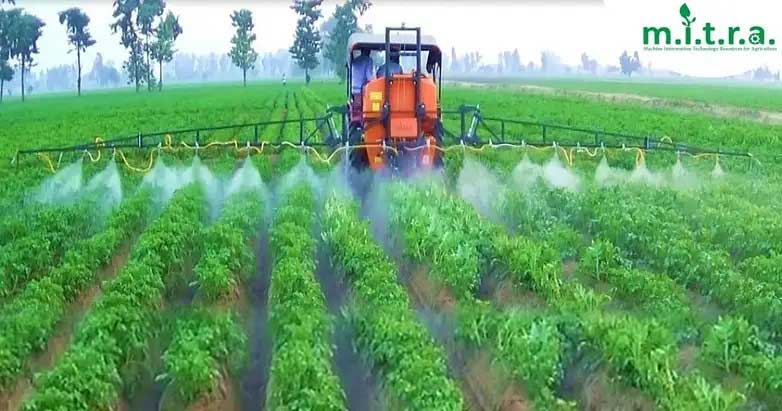The goal of spraying should be pest killing and healthy growth of your crops. But it’s not easy to achieve. Farmers sometime makes mistakes while applying pesticides, herbicides or fungicides to their crops. Pesticide drifting out of the range of your crop can contaminate public spaces and decrease your crop’s growth.
Proper Utilization of Spraying Machine & Spraying Strategy is the key factor that helps farmers to increase their crop yields.
Here are some tips for more effective and safe spraying to increase your crop quality & yields.
Tips For Effective Crop Spraying
With the right spraying technique, you can keep your crops safe and also save money. Effective spraying will help you maximize your use of pesticides.
- Avoid Spray Drift – Spray drift can cause chemicals to stray beyond the confines of your field. This could lead to more serious issues. Drift is more likely to happen at higher temperatures. Keep an eye on the heat and remember that mid-80 degrees or higher can increase chances of drift.
- Pick the Right Nozzle – Droplet size matters–and picking the right nozzle is key to make sure that you’re getting the coverage you need. It can be a tricky balance to find. Smaller droplets are more likely to drift and larger droplets might not give you the coverage that you need. In addition, small droplets won’t penetrate and cover the whole target as well as larger droplets.
Depending on your crop, you might need to adjust your nozzles to find the right droplet size for you. Remember that each sprayer nozzle will have a range of droplet sizes. Even if you’re spraying medium droplets, about 20-30% of those droplets will either be fine or large.
Unless you have a crop that requires more surface area or penetration than normal, aim for a medium-sized droplet to give you the best balance. And be sure to change your nozzles as they age to keep the performance sharp and up to date.
- Adjust Droplet Pressure – A droplet that’s 100 microns takes about 11 seconds to fall 10 feet. The smaller the droplet gets, the longer it takes to hit your crops because of the air friction slowing it down. This delay means that your droplets are vulnerable to wind currents and drift.
But this doesn’t mean that you should just apply more pressure. If you increase droplet speed, droplets will become even smaller. This just increases your chances of drift and slows the droplets even more.
If you need a smaller droplet size and you’re worried about drift, try slowing down when you get close to your neighbor’s property. Reduce the nozzle pressure as you slow down and the droplets will grow larger–and therefore will be less likely to drift.
It isn’t easy to find the perfect spraying technique for your crops. You have to take an endless list of factors into consideration–including the right spraying machine, type of pesticide, the rate of application, pressure, speed, and droplet size.

